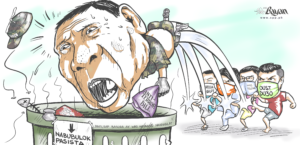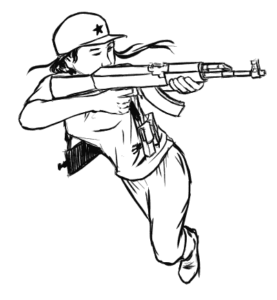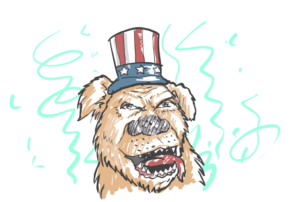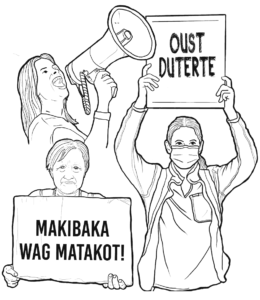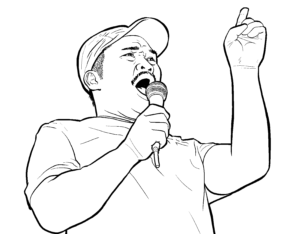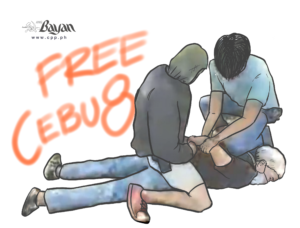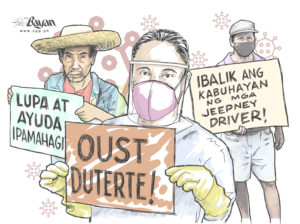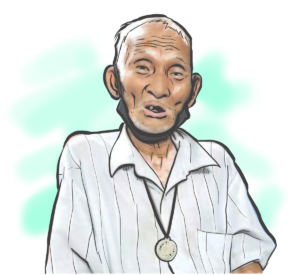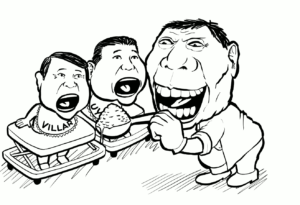The rage behind US protests

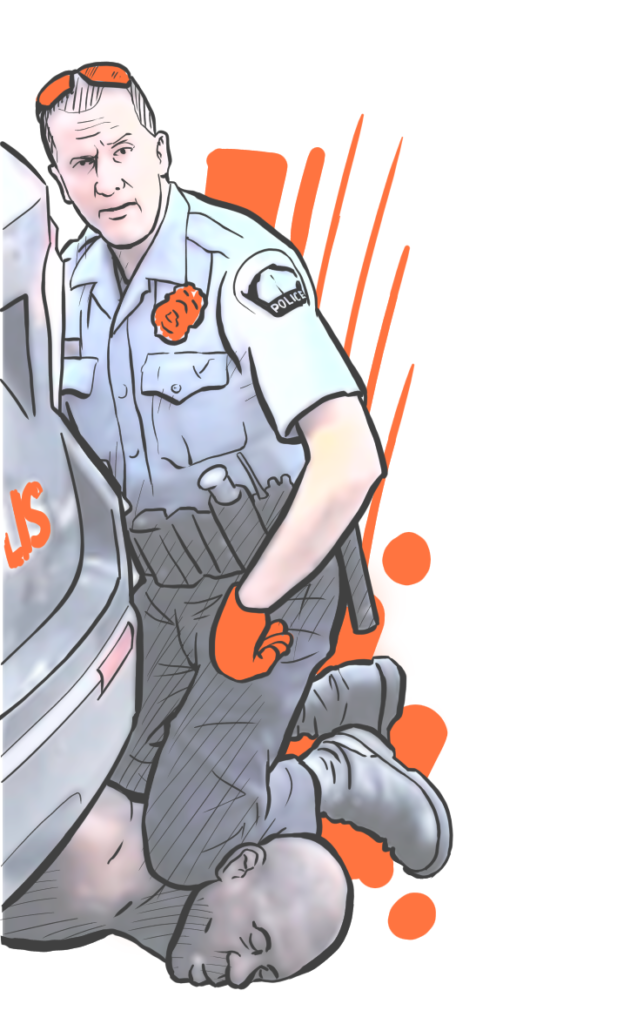
“I can’t breathe…”
Americans mounted daily protests in all states in the country since black American George Floyd was killed by the police on May 25. Amid the pandemic, thousands of people took to the streets to confront the police and express their rage. The peoples of at least 20 countries expressed support for the protest. They united under the Black Lives Matter campaign to demand an end to racism and marginalization suffered by black people because of the color of their skin. Among those that supported the cause was the International League of Peoples’ Struggle. The group Anakbayan-USA also participated in the protests.
Floyd, 46, was a worker who lost his job due to the Covid-19 lockdown in the state of Minnesota. He was arrested by four policemen after reportedly trying to use a counterfeit bill to purchase items from a store. He died on the spot from suffocation when a police officer pressed his knee against the victim’s neck for nearly nine minutes. Floyds last words were: “I can’t breathe.” These words reflect the plight of many black people in the US who are suffering from racism and racist killings. Floyd’s autopsy indicates that he was postive for Covid-19.
Public outrage
Racism particularly against black Americans worsened under the fascist government of US President Donald Trump who is responsible of fomenting hatred against blacks, women and minorities. In his first year as president, hate crimes (violent crimes perpetrated against victims because of their race, religion and gender among others) have increased by 13%. The rate has further increased in succeeding years wherein nearly half of the victims are black.
From January 2015 to May 2020, at least 1,260 black Americans were gunned down by police officers. The figure does not include those killed under police custody or killed in a different manner such as that in the case of Floyd.
In US history, collective public outrage against racist killings against blacks have repeatedly broken out. The most recent protests against racial discrimination, and particularly against brutal police killings against black people, was sparked by successive cases that victimized Floyd and 83 others just within this year.
Deeper anger
More than this, protests which have spread across the US is tightly interconnected with economic injustices which primarily burden the black people. This has worsened amid the onslaught of the Covid-19 pandemic wherein more than 1.8 million have been infected in the US and 100,000 have died.
One third of those who died are blacks even if they just comprise 13% of the total population. This vulnerability is not caused by their race per se, but is an effect of the US government to address the public health crisis and entrenched national policies. Before the pandemic, black people have already been suffering from low wages, absence of health services, unemployment, housing and other basic needs.
Blacks also comprise a significant part of the 21 million American workers who lost their jobs by May. The unemployment rate in the US has now reached 16% which is worse than that recorded during the financial crisis in 2008. With the deterioration of the US economy which is set to further worsen, the black people are bound to carry the heaviest burden. For them, the economic crisis is several times more enraging than the virus or racism.
Daily protests were also mounted in the face of the Trump government’s fascism. Mobilization were participated in not only by blacks but also by workers and middle forces from various races. Trump exposed himself as a cruel fascist who is determined to suppress and quell the growing protests. The fascist core of the US government unfolded as its bourgeois democratic trappings eroded.
Fearing that protests will further grow, Trump commanded state forces to attack protesters with tear gas, rubber bullets, chemical irritants and through other suppressive ways. He also mobilized the National Guard in many US states to strengthen the police to suppress the protests. He also implemented curfew but this has failed to stop mass protest actions.
More than 500 were arrested during the protests, including 20 journalists. Scores of journalists were also hit by tear gas, rubber bullets and pepper spray.

